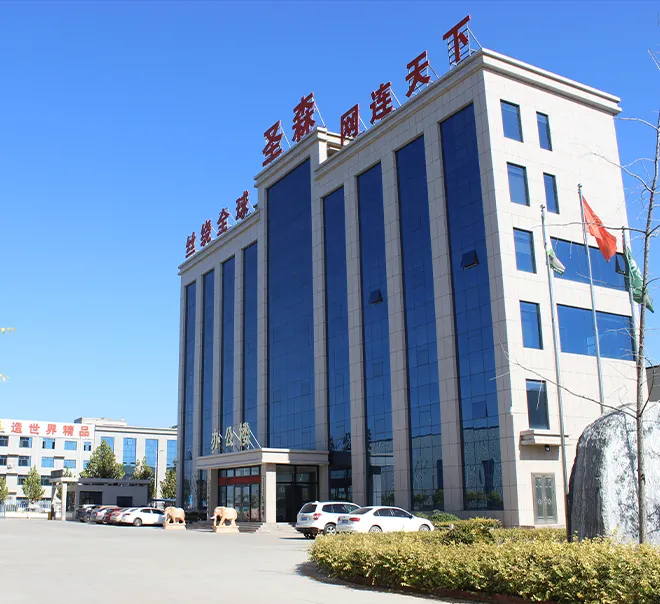-
 Phone:
Phone: -
 Email:
Email:

baling wire
The Versatility of Baling Wire A Multifunctional Tool in Agriculture and Beyond
Baling wire, often overshadowed by more glamorous equipment in the agricultural industry, plays an essential role in various sectors, including farming, recycling, and construction. Made from materials such as steel, baling wire is primarily used for binding bales of hay, straw, or other materials, ensuring they remain compact and manageable for transport and storage. This simple yet efficient tool boasts several advantages, rendering it indispensable in both agricultural practices and various industrial applications.
The Essentials of Baling Wire
At its core, baling wire is designed to hold materials tightly together. When farmers harvest crops, they often compress them into bales for easier handling and shipping. Baling wire is wound tightly around these bales, keeping them secure during transportation and preventing them from falling apart. The wire's strength is crucial; it must withstand the rigors of outdoor storage, transport, and stacking.
Baling wire comes in various gauges and types, catering to different needs. Heavy-duty baling wire is often used for larger bales, while lighter versions may suffice for smaller, more delicate bales. Additionally, the wire can be coated with materials to enhance its durability against rust and environmental elements. This adaptability makes baling wire suitable for a range of applications beyond agriculture.
Applications Beyond Agriculture
The versatility of baling wire extends into numerous industries. In recycling, for example, baling wire is critical for securely binding recyclables into compact bales, making the process of storage and transport much more efficient. By using baling wire, recycling centers can reduce the amount of space required for storage and streamline the logistics of transporting materials to processing facilities.
baling wire

In construction, baling wire is frequently employed to tie or stabilize structures temporarily. For example, it can be used to secure scaffolding, hold rebar in place, or even to bundle materials on a construction site. Its affordability and ease of use make it an attractive option for professionals in the field.
Environmental Impact and Sustainability
With the growing emphasis on sustainability, baling wire fits into eco-friendly practices across various industries. In agriculture, the use of baling wire promotes better organization of materials, reducing waste associated with loose hay or straw. Furthermore, many recycling operations use baling wire to ensure recyclable materials are processed efficiently, ultimately contributing to less waste in landfills.
However, it is essential to consider the environmental implications of baling wire after its usage. While many options are made from steel and can be recycled, improper disposal can lead to environmental hazards. Ensuring that baling wire is disposed of responsibly or recycled appropriately is vital for minimizing its ecological footprint.
Conclusion
Baling wire may appear to be a simple tool at first glance, but its role in agriculture, recycling, and construction underscores its importance and versatility. As industries continue to evolve, the need for efficient, durable binding solutions will only grow. As we navigate the complexities of modern resource management and environmental responsibility, baling wire stands as a testament to how a humble tool can contribute significantly to both productivity and sustainability. Whether in the fields or on construction sites, baling wire remains an unsung hero, quietly holding together the strands of various industries while helping to shape a more organized and efficient world.
-
Wire Mesh for Every Need: A Practical SolutionNewsJul.25,2025
-
Steel Fences: Durable, Secure, and Stylish OptionsNewsJul.25,2025
-
Roll Top Fencing: A Smart Solution for Safety and SecurityNewsJul.25,2025
-
Cattle Farm Fencing Solutions for Maximum SecurityNewsJul.25,2025
-
Affordable Iron Binding Wire SolutionsNewsJul.25,2025
-
Affordable Galvanized Wire SolutionsNewsJul.25,2025
-
Wire Hanger Recycling IdeasNewsJul.25,2025








